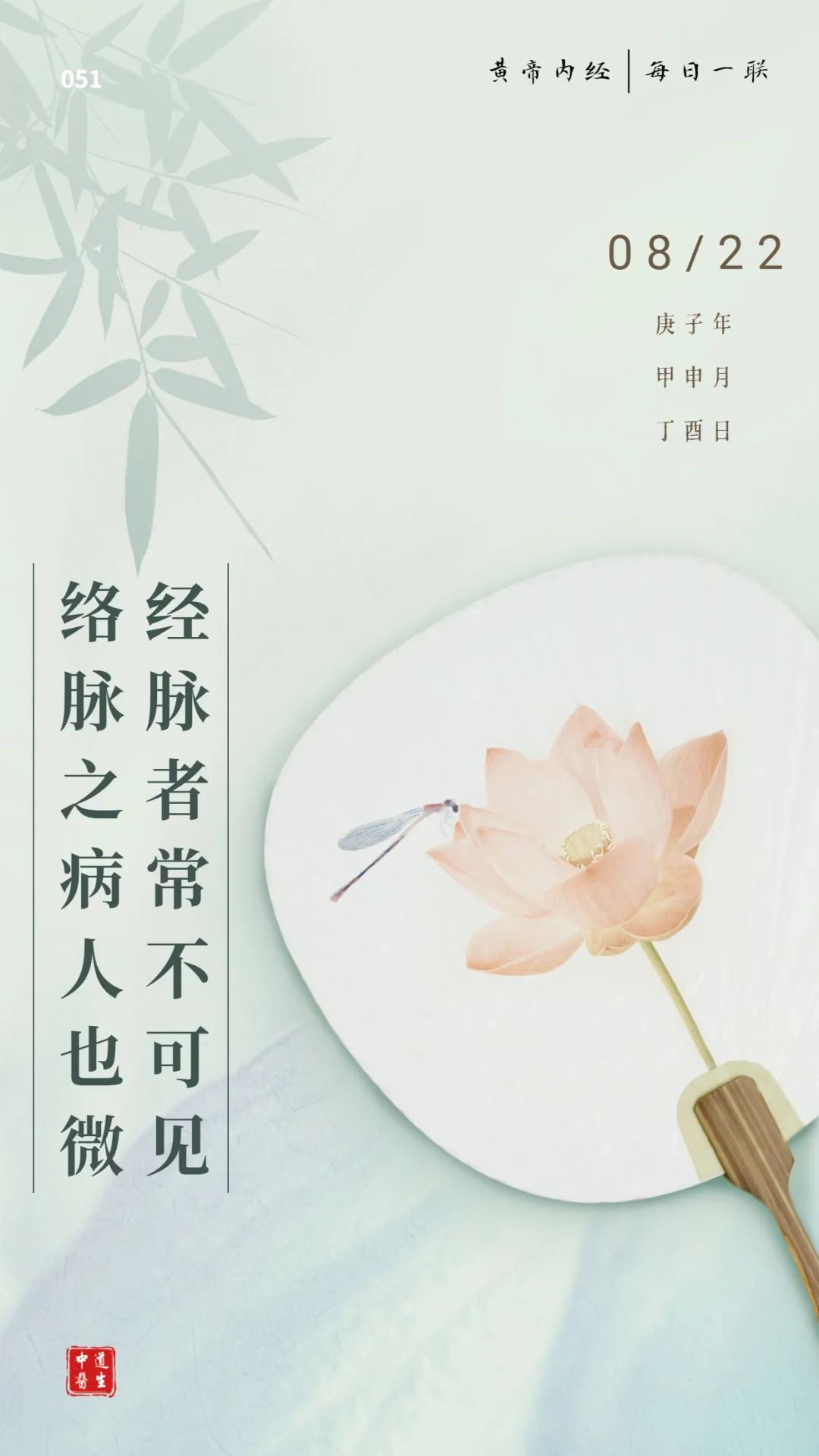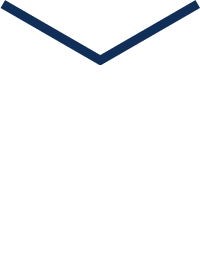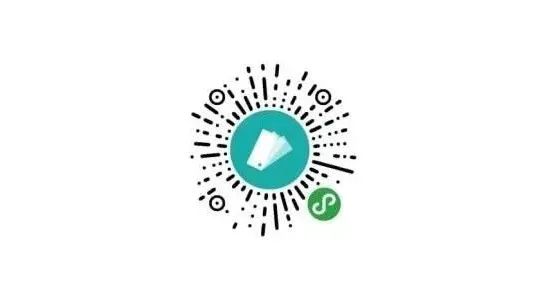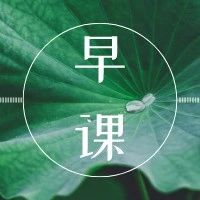
This sentence discusses the meridians.
The previous sentence is from “Ling Shu: Meridians”: “The Thunder God said: How can one know the difference between the meridians and the collaterals? The Yellow Emperor replied: The meridians are often invisible; their fullness and emptiness are known through the pulse. What can be seen are all collaterals.” Scholars who are eager to find the material structure of the meridians should seriously contemplate the meaning of this text.
The following sentence is from “Su Wen: Discussion on Reversal”: “If one’s daily activities remain the same but there is an audible breath, this indicates a reversal in the lung’s collaterals. The collaterals cannot follow the meridians up and down, hence they remain in the meridians and do not circulate. The condition of the collaterals is subtle, thus daily activities remain unchanged while the breath is audible.”
Meridians are a unique theory in Traditional Chinese Medicine (TCM). The “Huangdi Neijing” contains extensive discussions on meridians, which are of great significance in explaining physiology and diseases, as well as guiding diagnosis and treatment.
For a long time, the meridians have been questioned and even denied due to the inability to find a material basis, which reflects a lack of theoretical confidence.
Liu Gengsheng, Professor at the Institute of TCM Literature and Culture, Shandong University of Traditional Chinese Medicine, Vice Chairman of the Medical History Literature Branch of the Chinese Association of Traditional Chinese Medicine, and Chief Health Science Popularization Expert of the Chinese Association of Traditional Chinese Medicine.
 Be cautious in the end as in the beginning, and there will be no failures.
Be cautious in the end as in the beginning, and there will be no failures.

